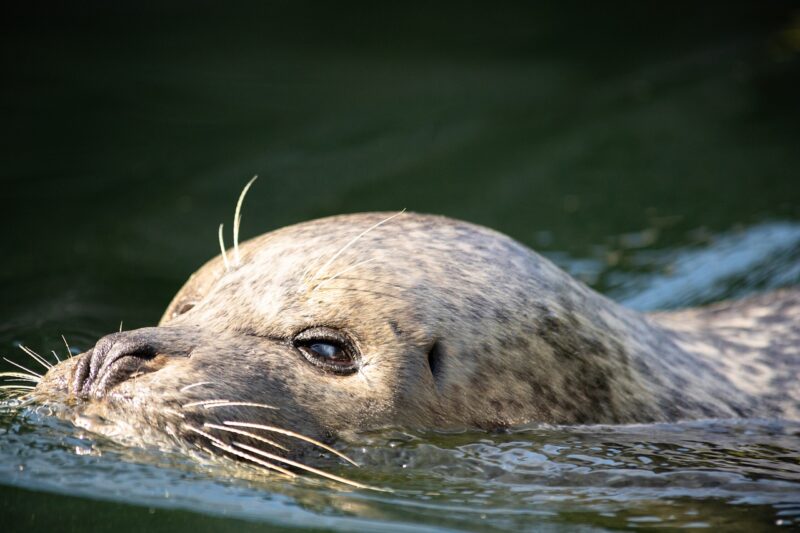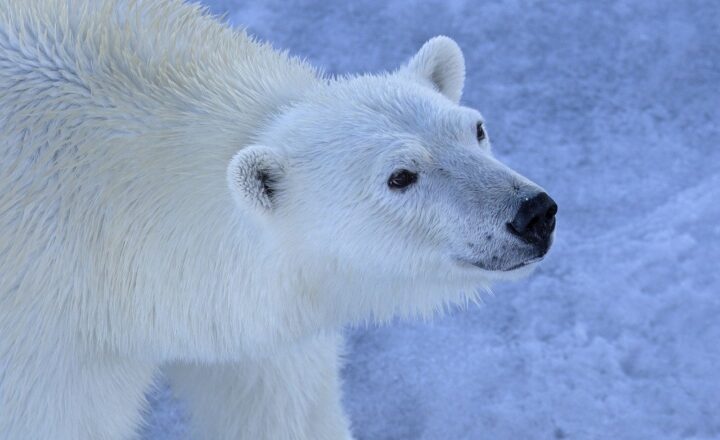How Zoos Contribute to Global Efforts in Protecting Biodiversity
November 15, 2024

Zoos have long been associated with entertainment and education, but their growing role in global conservation efforts is often overlooked. In the face of a biodiversity crisis affecting countless species around the world, zoos are stepping up as crucial players in the protection and preservation of biodiversity. This article delves into how modern zoos contribute to global efforts to protect biodiversity, through conservation programs, breeding initiatives, education, research, and habitat restoration.
1. Understanding Biodiversity and Its Importance
Biodiversity refers to the variety of life on Earth, encompassing the diversity of species, ecosystems, and genetic variations within species. Its significance cannot be overstated; healthy ecosystems provide essential services such as clean air and water, pollination of crops, disease regulation, and climate stability. Yet, human activities have led to habitat destruction, pollution, climate change, and overexploitation, driving many species to the brink of extinction.
The United Nations has declared that we are in the midst of the sixth mass extinction, with species disappearing at alarming rates. Preserving biodiversity is essential not only for wildlife but also for human well-being, making the role of zoos more critical than ever.
2. Conservation Programs: A Lifeline for Endangered Species
One of the primary ways zoos contribute to biodiversity conservation is through focused efforts on endangered species. Many zoos are now involved in Species Survival Plans (SSPs) which are coordinated programs designed to manage breeding and transfer of endangered species in captivity.
For instance, the California condor and the Arabian oryx have been brought back from the brink of extinction thanks to successful breeding programs in zoos. These programs not only aim to increase the population of endangered species but also prepare and reintroduce them into their natural habitats, thereby strengthening populations in the wild.
Moreover, zoos collaborate with international conservation organizations and governments to protect habitats and ensure that conservation initiatives are sustainable. The Wildlife Conservation Society has partnered with numerous zoos to implement on-the-ground conservation projects around the globe.
3. Education and Public Awareness
Education forms a cornerstone of a zoo’s mission. Zoos provide educational programs for visitors, ranging from school groups to families, aiming to deepen the public’s understanding of biodiversity and the threats it faces. Through interactive exhibits, presentations, and workshops, zoos help foster a sense of responsibility towards wildlife conservation.
Research has shown that visitors to zoos leave with a greater understanding of conservation issues, which can translate into support for environmental initiatives in their own communities. By instilling a love for wildlife in future generations, zoos play a vital role in creating advocates for conservation who may contribute to global efforts.
Furthermore, many zoos engage in outreach programs, bringing conservation education to schools and communities, thus amplifying the impact of their educational initiatives beyond their gates.
4. Research Contributions
Zoos are not only centers for public engagement but also important research institutions. They provide a unique setting for wildlife researchers to study animal behavior, genetics, breeding, and health. Such research is vital for developing effective conservation strategies both in captivity and in the wild.
For example, genetic studies conducted in zoos help in managing breeding programs and maintaining genetic diversity among captive populations. Additionally, behavioral research helps inform species management and reintroduction efforts, ensuring that animals are well-prepared for life in the wild.
By collaborating with universities and conservation organizations, zoos contribute to a body of knowledge that enhances scientific understanding of ecology, biology, and conservation strategies, making them indispensable in the fight against biodiversity loss.
5. Habitat Restoration Initiatives
In tandem with their focus on individual species, many zoos engage in habitat restoration projects aimed at correcting the environmental degradation that threatens biodiversity. By restoring habitats, zoos not only support the species that rely on these ecosystems for survival but also contribute to the overall health of the planet.
For instance, the Audubon Zoo in New Orleans has participated in efforts to restore mangrove wetlands, which serve as crucial habitats for many wildlife species while also acting as natural barriers against storm surges and flooding. Zoos also invest in reforestation programs, wetlands restoration, and other habitat recovery initiatives that benefit the entire ecosystem.
6. Collaboration and Global Partnerships
To maximize their impact, zoos frequently collaborate with local and international conservation organizations, governments, and other stakeholders. These partnerships allow zoos to extend their conservation efforts beyond their own facilities, benefitting wildlife and ecosystems on a larger scale.
The World Association of Zoos and Aquariums (WAZA) fosters global partnerships through initiatives and campaigns focused on major conservation challenges, such as combating wildlife trafficking and protecting habitats. Zoos often participate in coordinated efforts to gather and share data, support legislation, and engage in advocacy for wildlife protection.
Such collaborative efforts highlight the importance of a unified approach to protecting biodiversity, as individual institutions leverage their strengths to make a more profound impact together.
Conclusion
As global biodiversity continues to decline at an alarming rate, the role of zoos has evolved into one of conservation leadership. By engaging in breeding programs, educational outreach, habitat restoration, and collaborative research efforts, zoos play a crucial role in protecting biodiversity for future generations.
The impact of zoos is not confined to their physical grounds; it extends into the broader community, cultivating a conservation mindset that can influence environmental policies and personal actions. By supporting modern zoos, we support the global fight against biodiversity loss and empower the next generation to value and protect the rich variety of life on our planet.
In summary, zoos are more than mere attractions; they are vital allies in global biodiversity conservation, ensuring that the thread of life continues to weave through our ecosystems, providing valuable services and meaning for all living creatures.







